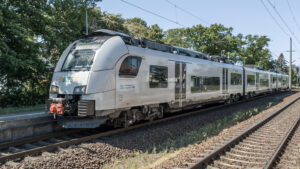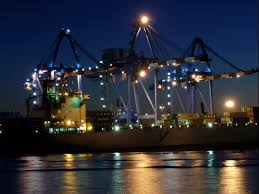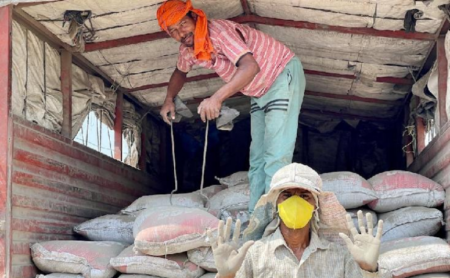The government is enhancing intermodal freight connectivity by integrating waterways, rail, and road infrastructure, with projects like Kalughat IMT and multimodal hubs at Varanasi, Sahibganj, and Haldia aimed at improving cargo movement and reducing logistics costs. This was highlighted by Union Minister Shri Sarbananda Sonowal in a Lok Sabha response.
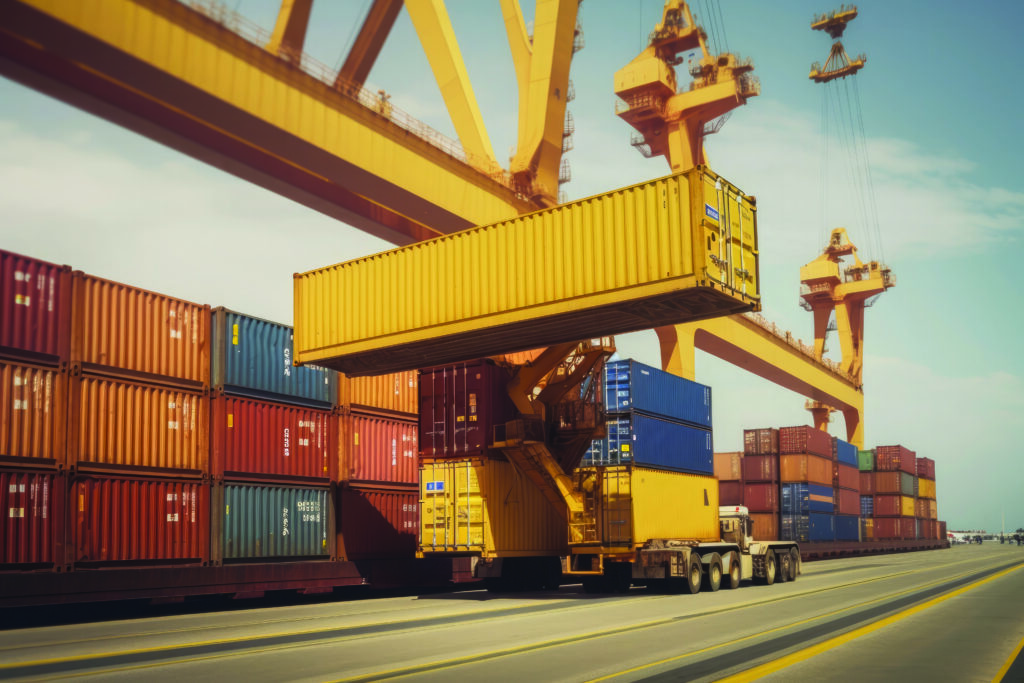
India is undergoing a transformative journey in freight logistics, with a focused effort on bolstering intermodal connectivity. Currently, inland water transport (IWT) holds a marginal share of around 2 percent in the country’s freight movement, while road transport and railways account for 71 percent and 18 percent respectively, as highlighted in the NITI Aayog’s 2021 report titled “Fast Tracking Freight in India.” To make freight transport more sustainable and cost-effective, the Government of India is aggressively promoting a multimodal approach.
Boosting multi-modal coordination
In recent years, the Ministry of Ports, Shipping and Waterways has taken several key steps to improve coordination between waterways, railways, and roadways to facilitate the seamless movement of cargo:
- Integration of terminals: Multi-Modal Terminals (MMTs) at Varanasi, Sahibganj, Haldia, and the Intermodal Terminal (IMT) at Kalughat have been integrated with the Shyama Prasad Mookherjee Port, Kolkata. This linkage enables efficient cargo movement across different modes.
- Freight villages: Infrastructure projects such as the cargo aggregation hub at Varanasi and the Integrated Cluster-cum-Logistics Park at Sahibganj are being developed to support multimodal freight handling.
- Engagement with PSUs: Ministries overseeing petroleum, fertiliser, steel, coal, food, and heavy industries have been encouraged to advise their Public Sector Units (PSUs) to earmark a percentage of cargo for IWT to boost modal shift.
IMT Kalughat: A key enabler for Bihar and Nepal
The newly constructed Inter-Modal Terminal at Kalughat has emerged as a pivotal infrastructure asset designed to handle cargo from north Bihar and Nepal. The terminal’s strategic location, north of the Ganges River, allows direct trucking of containers to Nepal without the need to cross any bridges.
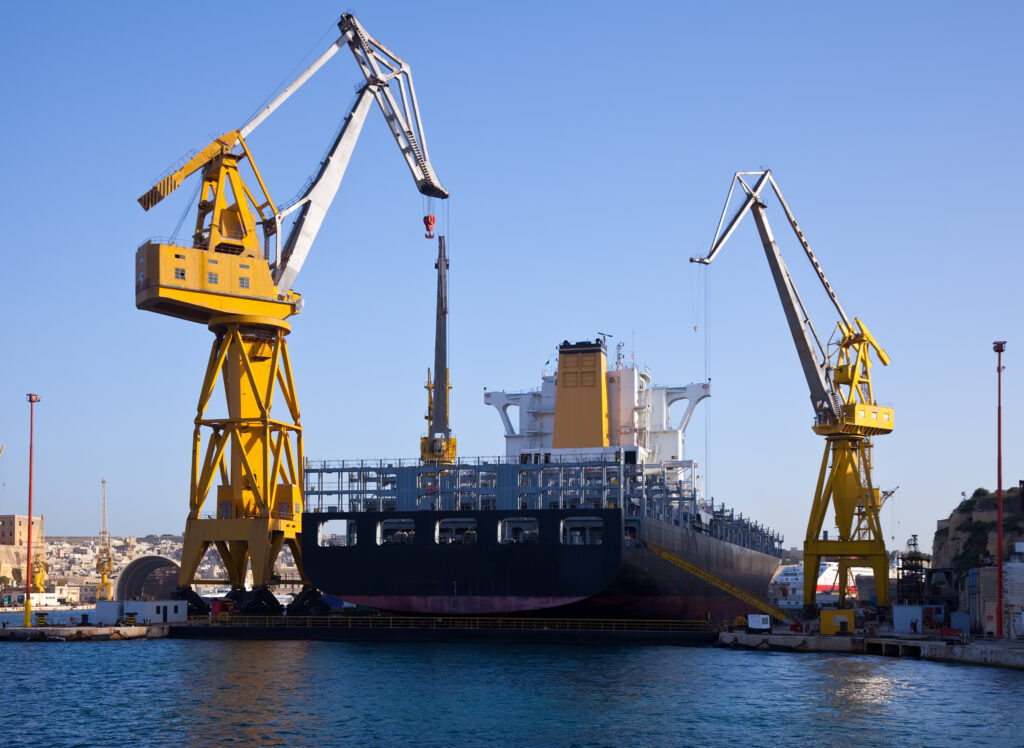
Kalughat IMT cargo forecast
| Year | Bagged (MMT) | General Cargo (MMT) | Container (MMT) | Total (MMT) |
| 2020 | 0.11 | 0.06 | 4.03 | 4.21 |
| 2025 | 0.12 | 0.07 | 4.35 | 4.54 |
| 2035 | 0.12 | 0.08 | 4.79 | 4.99 |
| 2045 | 0.12 | 0.08 | 5.17 | 5.38 |
By 2045, it is projected that over 90 percent of the 5.38 million metric tonnes (MMT) of cargo at Kalughat will consist of containerised freight. Despite its high potential, due to spatial limitations, the terminal is designated for container traffic only, with a handling capacity of up to 77,000 TEUs per annum.
The terminal is equipped with various facilities, including storage areas, administrative and amenity buildings, a weighbridge, security infrastructure, and essential utilities.
Cargo traffic on waterways in Bihar (Metric Tons)
| NW No. | 2021-22 | 2022-23 | 2023-24 |
| NW-1 | 10,927,788 | 13,169,853 | 12,824,112 |
| NW-94 | – | – | 1,160,929 |
Policy and infrastructure measures
Policy Initiatives
- Incentive scheme: A 35 percent incentive scheme has been launched to encourage cargo owners to adopt IWT. It targets shifting approximately 800 million tonne-km of cargo to waterways at a cost under INR 100 crore over three years.
- Tonnage tax for inland vessels: Announced in the 2025 budget, the extension of the tonnage tax to inland vessels aims to lower tax burdens and enhance industry competitiveness.
- Private sector participation: The National Waterways (Construction of Jetties/Terminals) Regulations 2025 offers a transparent regulatory framework to attract private investments in inland waterways.
- Port integration: MMTs on NW-1 are being transferred to Shyama Prasad Mookherjee Port, Kolkata, facilitating multimodal synergy.
- Digitisation: A centralised portal for vessel and crew registration, akin to ‘Vahan’ and ‘Sarathi,’ is under development to enhance operational transparency.
- Cargo aggregation hubs: Projects such as the Varanasi Freight Village and Sahibganj Integrated Logistics Park are in progress to centralise cargo volumes. NHLML and Indian Port Rail Company have been assigned development and connectivity tasks, respectively.
- River cruise tourism: Infrastructure for cruise tourism is also being improved, including berths and shore power at terminals. Out of 34 identified waterways, 10 are already operational for cruise movement.
- Indo-Bangladesh Protocol (IBP) routes: Routes 5 and 6 between Maia and Sultanganj have been trialled successfully, with regular operations pending bilateral consent.
- PSU involvement: Over 140 PSUs have been approached to shift cargo to waterways, with encouragement from concerned ministries.
Infrastructure upgrades
- Fairway maintenance: Efforts include river training, dredging, and channel marking to maintain LADs of 2.0 to 3.0 metres.
- Facilities on NW-1: Includes 49 community jetties, 20 floating terminals, 3 MMTs, and 1 IMT alongside 5 existing terminals.
- NW-2 infrastructure: MMTs at Pandu and Jogighopa and terminals at Bogibeel and Dhubri. Additional cruise terminals have been constructed at Sadiya, Lyka, and Orium Ghat.
- NW-3 developments: Comprises 9 terminals and 2 Ro-Ro/Ro-Pax terminals in Kerala.
- Other initiatives: Jetties across Goa, Andhra Pradesh, Uttar Pradesh, and Bihar are either completed or under execution.
These holistic steps are part of a broader vision to reduce logistics costs, improve environmental sustainability, and promote balanced regional development. The government’s commitment to enhancing intermodal freight connectivity is not only redefining cargo movement in India but also establishing the country as a model for multimodal logistics in the global south.
(Source: PIB delhi)

